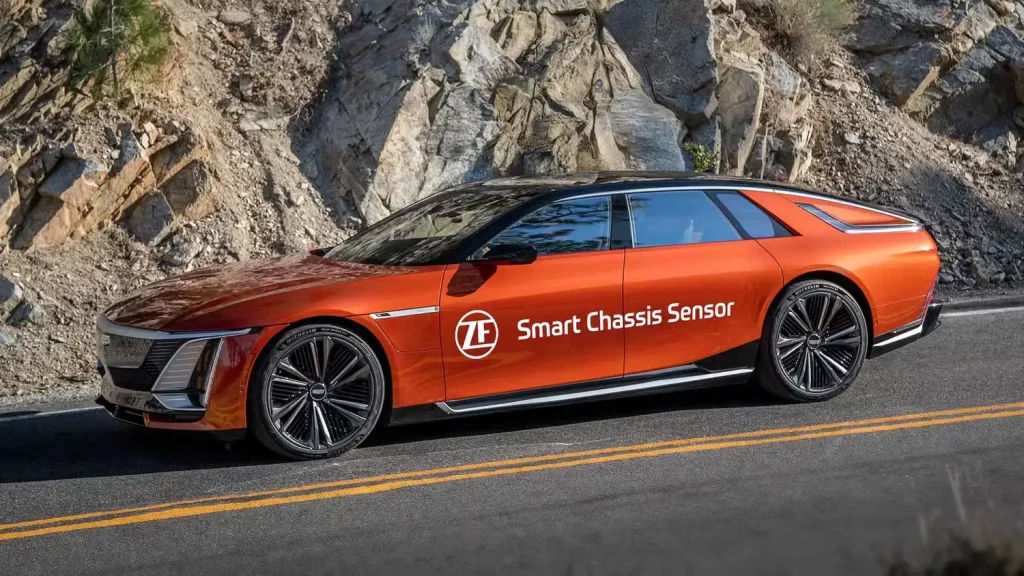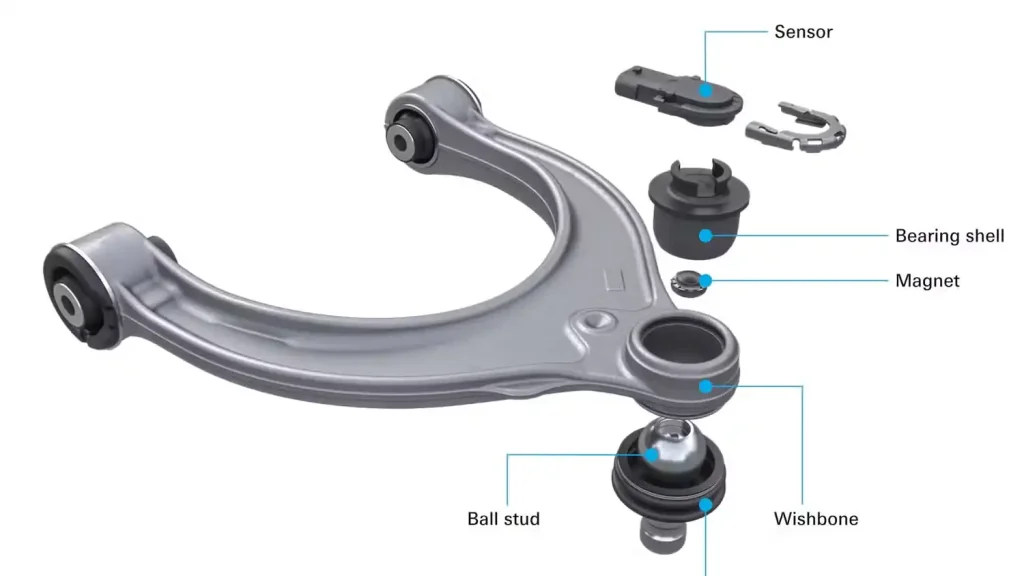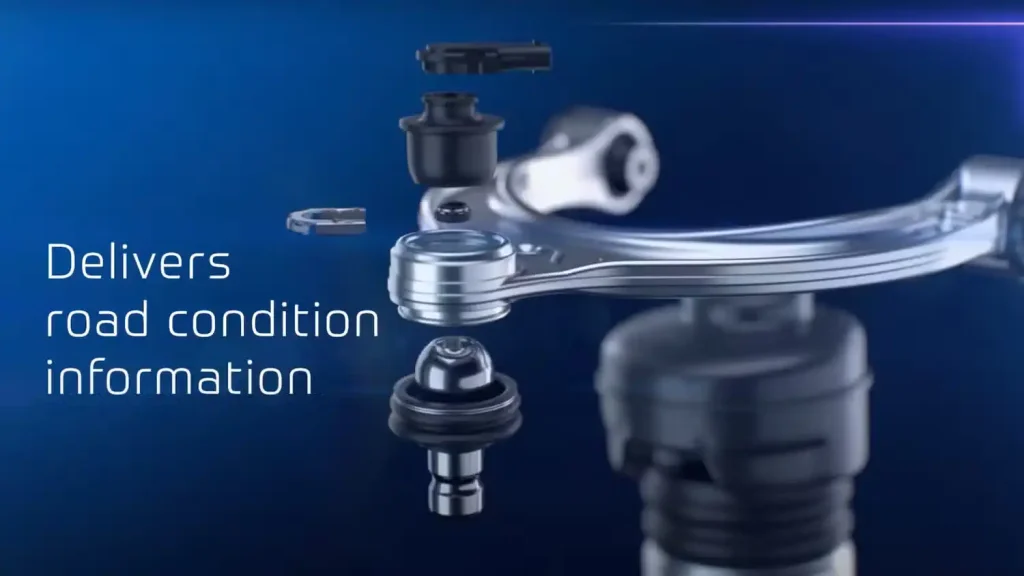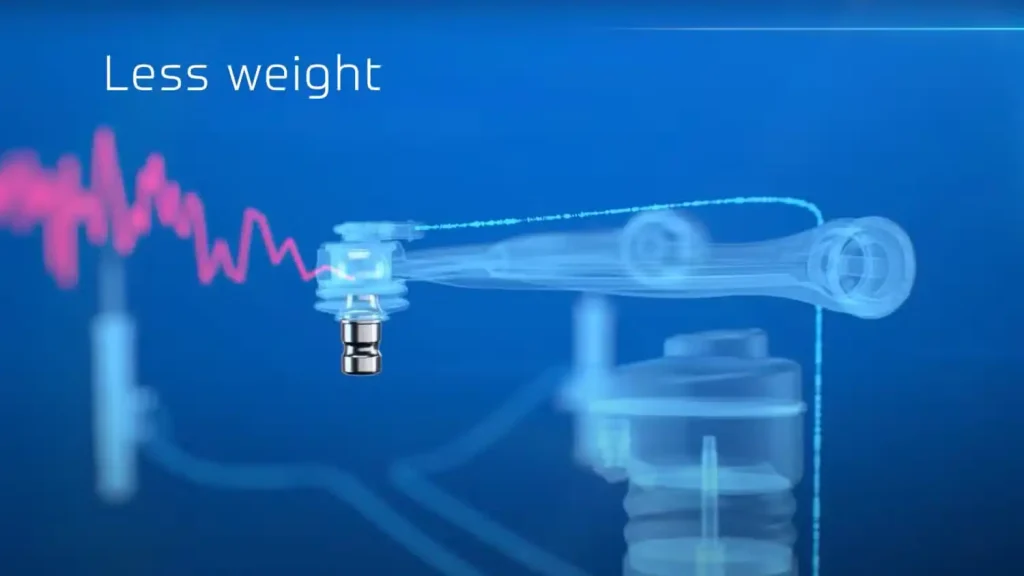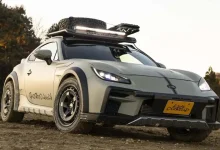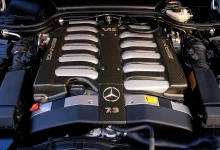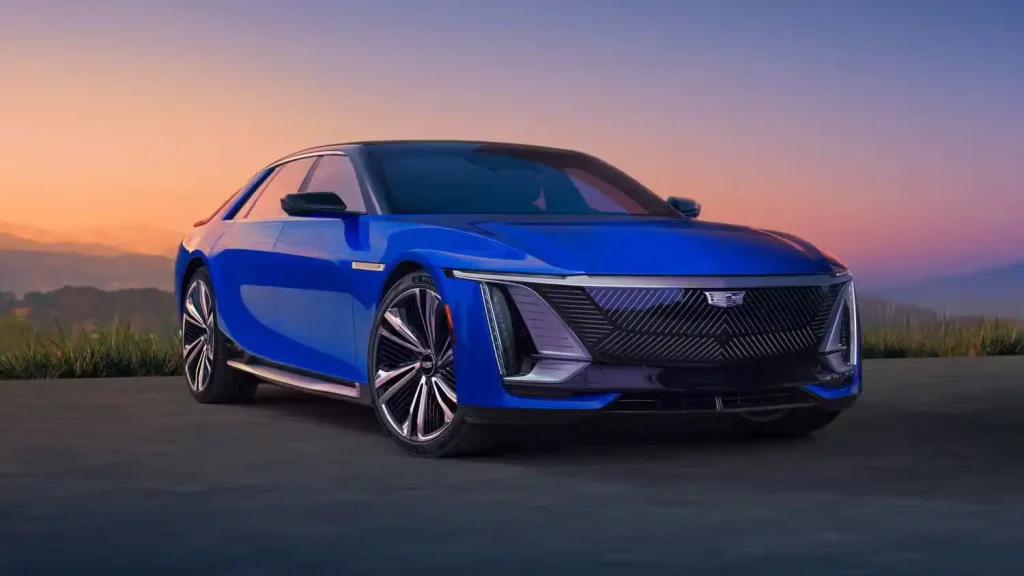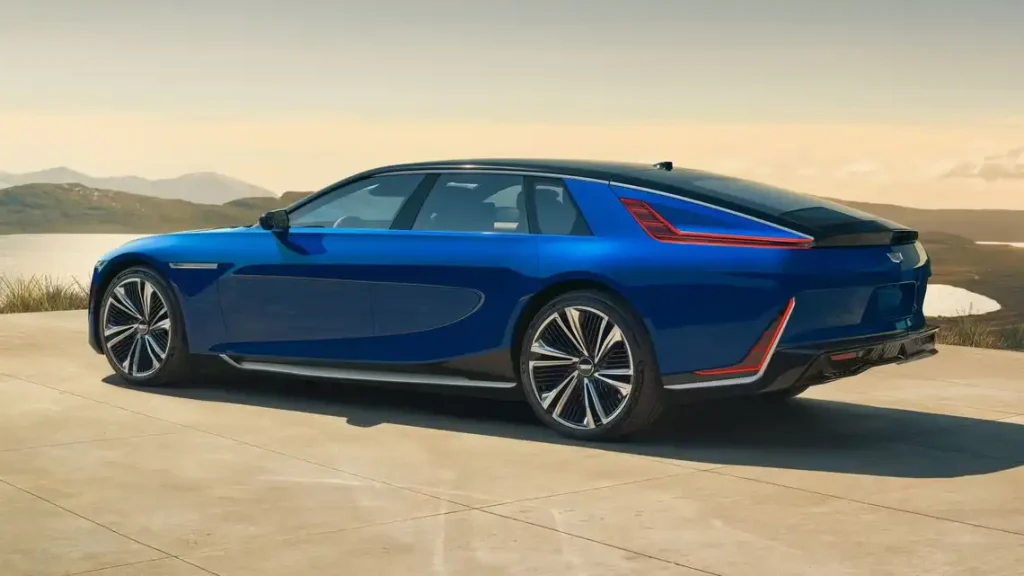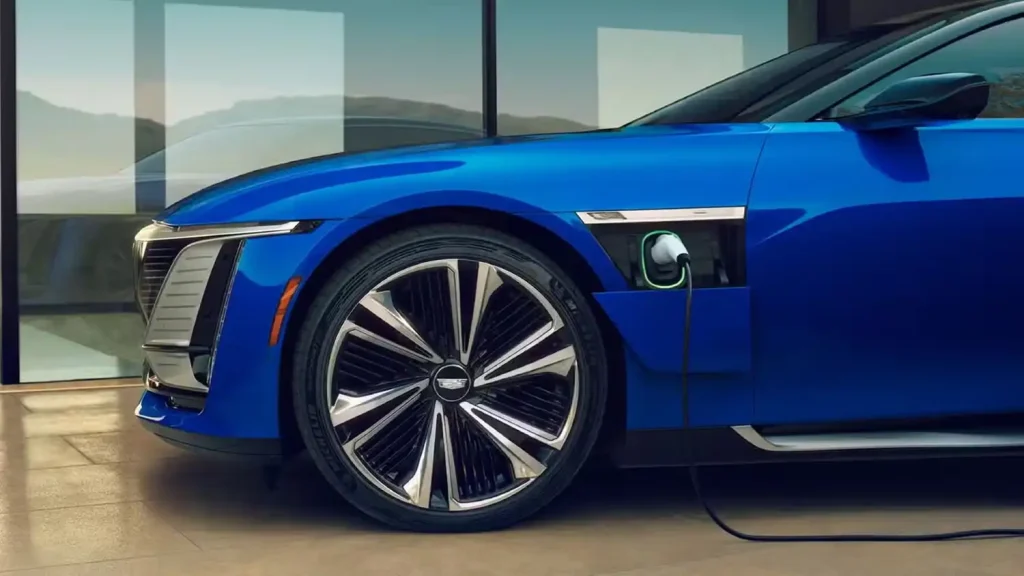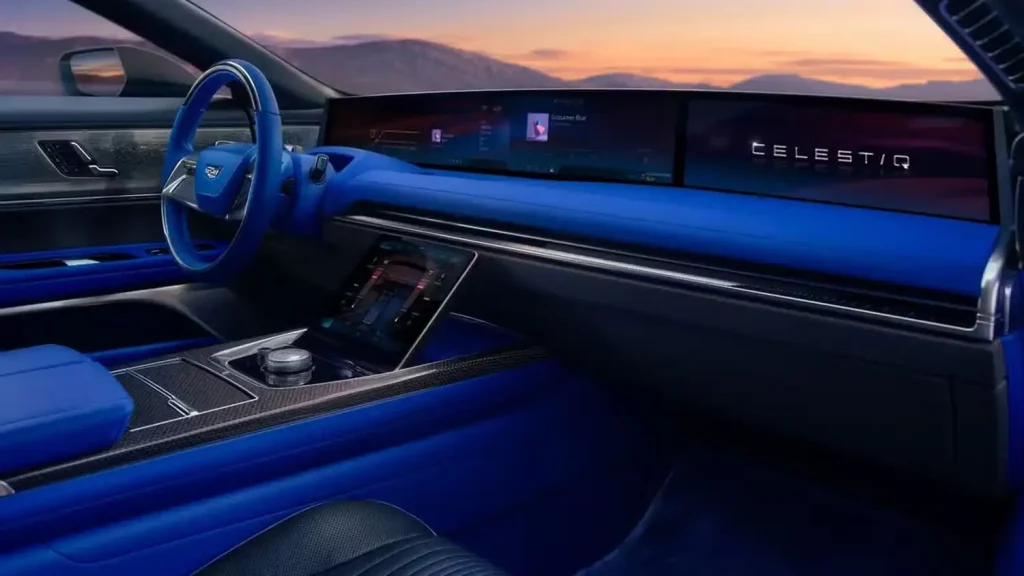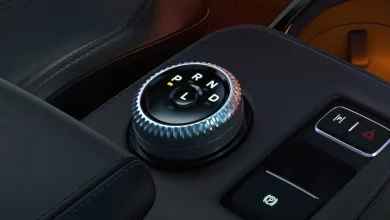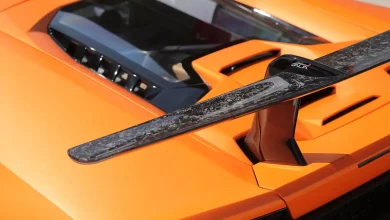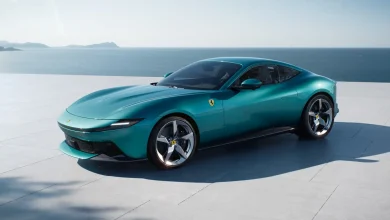Cadillac Celestiq Promises Ultra-Luxury Ride with Innovative Hidden Sensor Technology
The ultra-luxury electric vehicle, priced at $350,000, is the first to feature ZF’s innovative Smart Chassis Sensor technology.
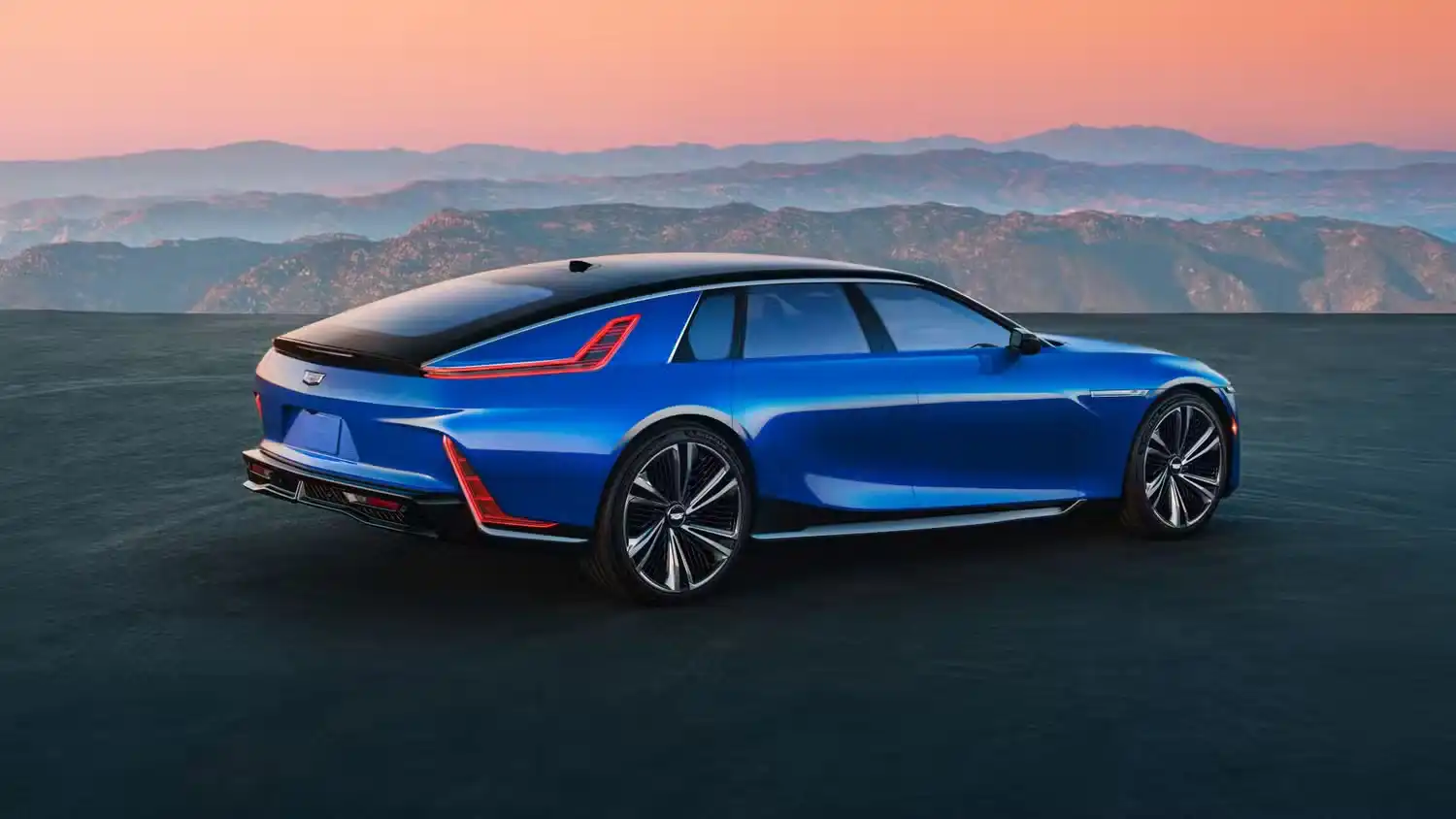
The very first customer-owned Cadillac Celestiq has been delivered to its affluent buyer, who is likely now enjoying this exclusive $350,000 ultra-luxury electric vehicle designed to compete with the Rolls-Royce Spectre. With a price tag like that, the owner gains access to some of the most impressive premium features— including a cleverly concealed innovation hidden beneath the surface.
The feature in question is the Smart Chassis Sensor, recently manufactured by the ZF Group specifically for the Cadillac Celestiq. This sensor is seamlessly built into the ball joints of the vehicle’s suspension, replacing conventional ride height sensors with a more precise, compact, and integrated solution. According to ZF Group, the data gathered from these sensors can serve multiple functions beyond delivering an exceptionally smooth ride.
Replacing Traditional Ride Height Sensors
In the Cadillac Celestiq, data from the Smart Chassis Sensor manages the air suspension and adaptive damping systems. By detecting surface irregularities such as potholes, the sensor helps proactively safeguard suspension components while enhancing ride comfort and safety. Additionally, it controls the adaptive headlights, ensuring the road ahead is perfectly illuminated where it matters most.
The Smart Chassis Sensor operates by tracking the angle of the pivot ball joint, which shifts as the suspension compresses and rebounds. This data is then used to accurately measure ride height and inform other vehicle systems. According to ZF, the sensor reduces weight, cuts manufacturing costs, and delivers highly reliable, high-quality signals—crucial for real-time control. Additionally, it’s designed to withstand exposure to weather and debris.
Applications Beyond Ride Quality and Safety
Interestingly, ZF asserts that the Smart Chassis Sensor’s potential extends beyond enhancing ride comfort and safety. Beyond its expected use in other automakers’ vehicles, the company highlights that the sensor data could prove valuable for commercial fleets and infrastructure maintenance by monitoring vehicle performance and assessing road conditions.
“The data gathered by the sensor enables deeper insights into the vehicle, its environment, and the condition of the road surface,” said Steffen Reichelt, head of the chassis components product line at ZF Group. He added, “These insights are especially valuable for commercial vehicle operators and fleet managers, as well as for maintaining road infrastructure.”
It will likely be some time before this technology appears in other vehicles. Typically, when innovations like this emerge, a single automaker partners early on, enjoying exclusive benefits for a set period before the technology becomes available to others. We’ve seen this with Mercedes’ rear-axle steering systems and previous ZF transmissions. While there’s no guarantee the same will happen here, Cadillac’s choice to incorporate ZF’s latest tech in its bespoke, handcrafted EV speaks volumes about the brand’s commitment to excellence. Known for pioneering technologies like the MagneRide suspension back in 2002, Cadillac is clearly willing to push boundaries to position the Celestiq as a true competitor to the Rolls-Royce level.
